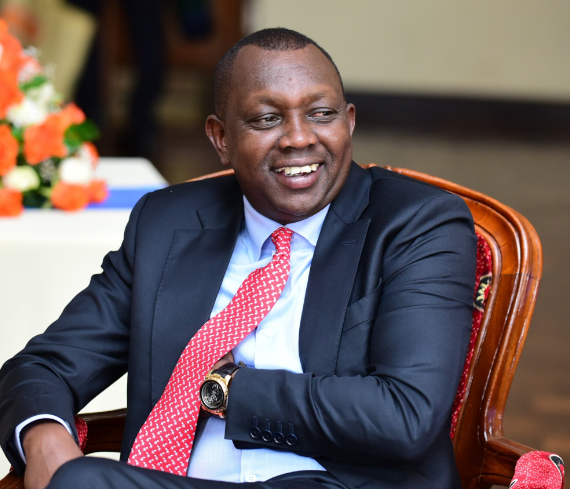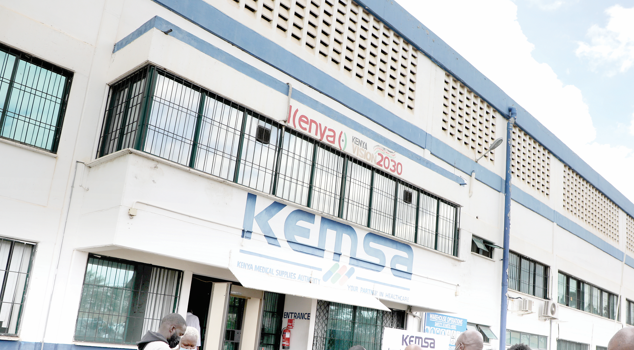Sh18bn set aside for job creation in 2 key sectors

The National Treasury has earmarked Sh18 billion in the 2025/26 national budget to drive job creation through manufacturing and agricultural revitalisation in a renewed attempt to stimulate industrial development and rural enterprise.
While this represents a significant outlay across multiple ministries and State agencies, analysts argue that it may still fall short of the transformative capital injection required to meaningfully advance Kenya’s industrialisation agenda.
The allocation comes amid mounting pressure to create employment and enhance productivity, particularly in agriculture and agro-processing. Agriculture remains Kenya’s largest economic sector, contributing approximately 21 per cent of the Gross Domestic Product (GDP) directly and another 27 percent indirectly through linkages with manufacturing, distribution, and services. However, the sector continues to grapple with low value addition, fragmented markets, and limited access to finance.
“We are committed to promoting local industries and enhancing value addition, especially in rural counties where job creation is urgently needed,” said National Treasury Cabinet Secretary (CS) John Mbadi as he delivered the budget statement.
“To continue this momentum, I have proposed an allocation of Sh18 billion under various implementing Ministries, Departments and Agencies,” he added.
Infrastructure development
A significant portion of the funds—Sh4.5 billion—will support the establishment of County Integrated Agro-Industrial Parks (CIDP). These parks are designed to create decentralised industrial hubs that can process agricultural produce near the source, thereby reducing post-harvest losses and transport costs. Additionally, Sh705 million is earmarked for flagship Export Processing Zone (EPZ) hubs, and Sh504 million for the Special Economic Zone Textile Park in Naivasha. The development of the Athi River Textile Hub will receive Sh602 million.
Beyond infrastructure, the budget includes Sh2.8 billion for the Supporting Access to Finance and Enterprise Recovery (SAFER) Project, aimed at addressing capital constraints faced by small and medium-sized enterprises (MSMEs) in the manufacturing sector. Another Sh798 million is designated for the Kenya Jobs and Economic Transformation Programme, a policy tool designed to link industrial growth with inclusive employment.
Scale, impact questions
The budget’s broad distribution raises questions about its depth, however. Economists note that while the allocations are well-targeted, the amounts may be too modest to achieve industrial scale. “Sh300 million for edible oil crop promotion or Sh150 million for milk processing upgrades is a step in the right direction, but not enough to reduce the country’s dependence on imports,” one analyst noted. Kenya imports over 80 per cent of its edible oil, despite having suitable agro-ecological conditions for oil crops like sunflower and soya.
Agricultural support
To support the agricultural sector more directly, Sh2 billion has been proposed for the Coffee Cherry Revolving Fund (CCRF) and an additional Sh2 billion for coffee debt waivers. The sugar sector, which faces perennial crises, will receive Sh1.5 billion for reforms. Cotton, a once-thriving industry, receives Sh120 million for the revitalisation of ginneries, while the horticultural sector will benefit from Sh245 million to enhance export compliance standards.
“We are revitalising our cash crops to maximise their benefits to farmers and to position Kenya competitively in global markets,” Mbadi said.
However, with Kenya’s public debt near 70 percent of GDP and fiscal space tightening, sustained impact may depend less on the amount spent and more on whether the implementation delivers real industrial progress.















